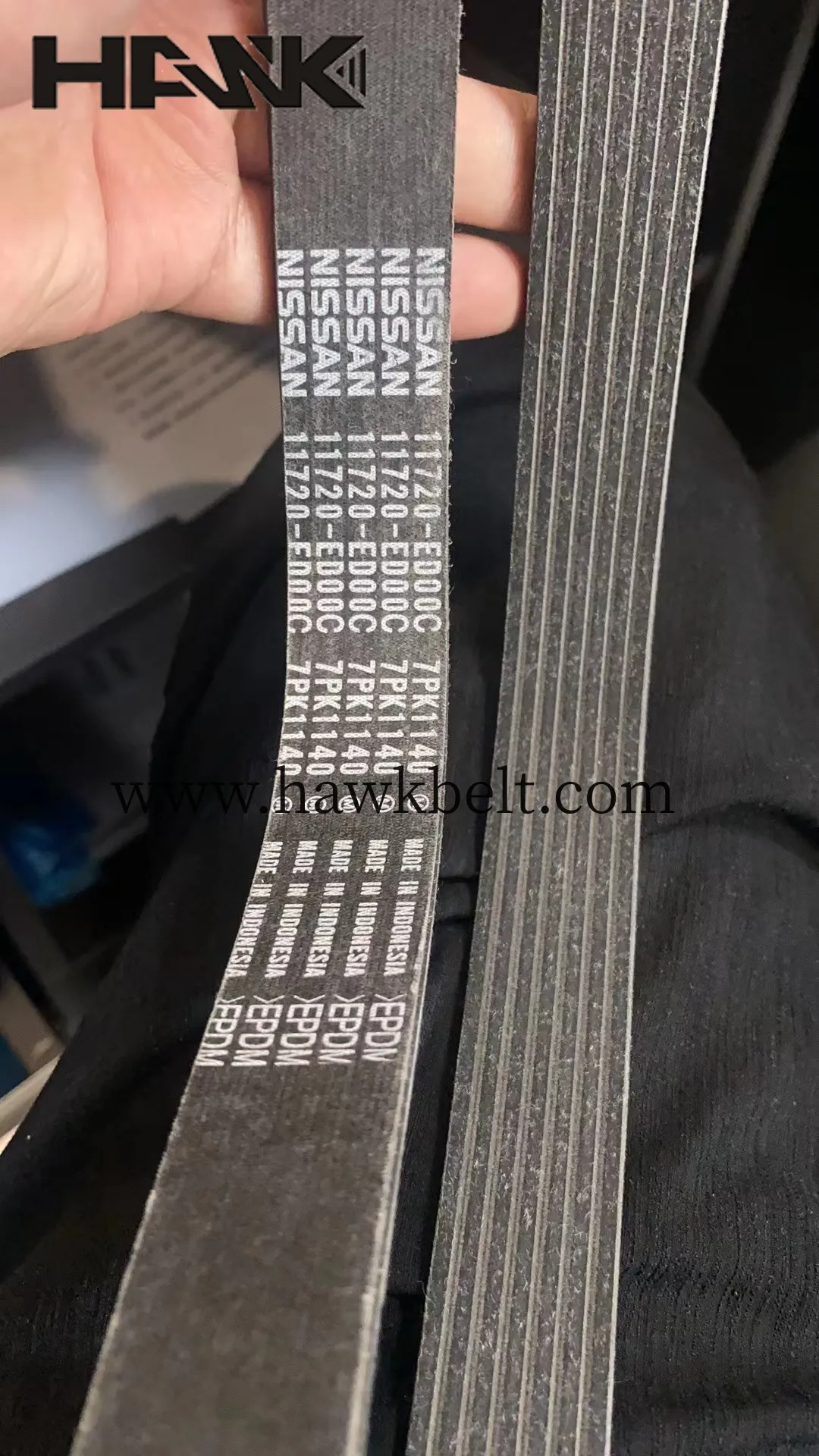- Arabic
- French
- Russian
- Spanish
- Portuguese
- Turkish
- Armenian
- English
- Albanian
- Amharic
- Azerbaijani
- Basque
- Belarusian
- Bengali
- Bosnian
- Bulgarian
- Catalan
- Cebuano
- Corsican
- Croatian
- Czech
- Danish
- Dutch
- Afrikaans
- Esperanto
- Estonian
- Finnish
- Frisian
- Galician
- Georgian
- German
- Greek
- Gujarati
- Haitian Creole
- hausa
- hawaiian
- Hebrew
- Hindi
- Miao
- Hungarian
- Icelandic
- igbo
- Indonesian
- irish
- Italian
- Japanese
- Javanese
- Kannada
- kazakh
- Khmer
- Rwandese
- Korean
- Kurdish
- Kyrgyz
- Lao
- Latin
- Latvian
- Lithuanian
- Luxembourgish
- Macedonian
- Malgashi
- Malay
- Malayalam
- Maltese
- Maori
- Marathi
- Mongolian
- Myanmar
- Nepali
- Norwegian
- Norwegian
- Occitan
- Pashto
- Persian
- Polish
- Punjabi
- Romanian
- Samoan
- Scottish Gaelic
- Serbian
- Sesotho
- Shona
- Sindhi
- Sinhala
- Slovak
- Slovenian
- Somali
- Sundanese
- Swahili
- Swedish
- Tagalog
- Tajik
- Tamil
- Tatar
- Telugu
- Thai
- Turkmen
- Ukrainian
- Urdu
- Uighur
- Uzbek
- Vietnamese
- Welsh
- Bantu
- Yiddish
- Yoruba
- Zulu
Окт . 22, 2024 06:13 Back to list
rubber timing belt
Understanding Rubber Timing Belts An Essential Component in Automotive Engineering
In the world of automotive engineering, the timing belt plays a critical role in ensuring the smooth operation of an internal combustion engine. This vital component, typically made from durable rubber, is designed to synchronize the rotation of the crankshaft and camshaft, allowing the engine's valves to open and close at the correct times during each cylinder's intake and exhaust strokes. Understanding the functionality and importance of rubber timing belts can help car owners appreciate their vehicles better and take proactive measures for maintenance.
Rubber timing belts are favored for their flexibility, tensile strength, and cost-effectiveness. The composition of rubber belts often includes fibers such as polyester or fiberglass, which enhance their durability and resistance to stretching. This characteristic is crucial since a stretched or worn timing belt could lead to a loss of synchronization between the engine components, potentially resulting in severe engine damage. The average lifespan of a rubber timing belt typically ranges from 60,000 to 100,000 miles, depending on the manufacturer’s recommendations and driving conditions.
One of the most significant advantages of rubber timing belts is their quiet operation. Unlike timing chains made of metal, rubber belts run quietly and smoothly, contributing to a more pleasant driving experience. However, while rubber belts might be quieter, they do have a shorter lifespan compared to their metallic counterparts. Therefore, regular maintenance is essential. Vehicle owners should adhere to the manufacturer’s replacement schedule to prevent unexpected breakdowns.
rubber timing belt

Replacing a rubber timing belt is not just a simple DIY task, as it involves a complex procedure. It often requires the removal of several components, including the engine cover, to access the timing belt. For this reason, it is recommended that car owners have their timing belts replaced by qualified mechanics. Ensuring that the installation is done correctly is crucial for the belt’s longevity and overall engine performance.
Signs that a timing belt may be on the verge of failure include unusual engine noises, difficulty starting the engine, and visible signs of wear or cracks in the belt. If these symptoms arise, it is essential to consult a professional immediately. Ignoring warning signs can lead to catastrophic engine failure, resulting in costly repairs.
In conclusion, the rubber timing belt is an indispensable component of modern vehicles, playing a vital role in engine function. Understanding its significance, maintenance requirements, and replacement schedule can help car owners extend the life of their engines and avoid costly repairs. Regular inspections and timely replacements are key to preserving the integrity of your vehicle's performance and ensuring a safe driving experience.
-
Korean Auto Parts Timing Belt 24312-37500 For Hyundai/Kia
NewsMar.07,2025
-
7PK2300 90916-T2024 RIBBED BELT POLY V BELT PK BELT
NewsMar.07,2025
-
Chinese Auto Belt Factory 310-2M-22 For BMW/Mercedes-Benz
NewsMar.07,2025
-
Chinese Auto Belt Factory 310-2M-22 For BMW/Mercedes-Benz
NewsMar.07,2025
-
90916-02660 PK Belt 6PK1680 For Toyota
NewsMar.07,2025
-
drive belt serpentine belt
NewsMar.07,2025

